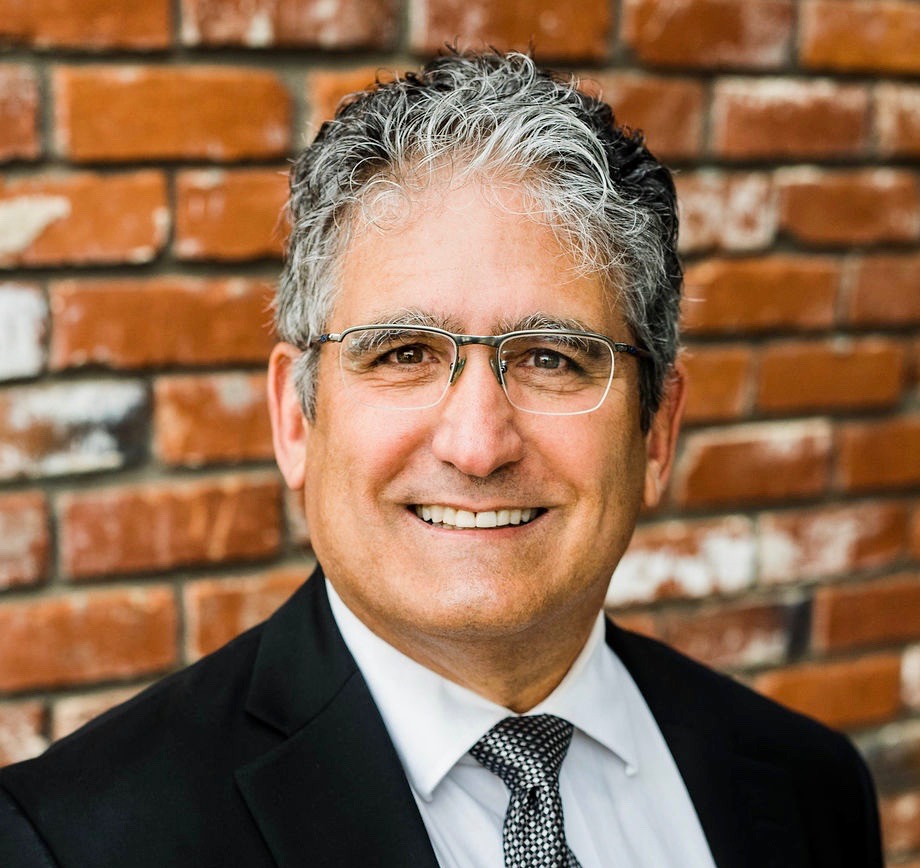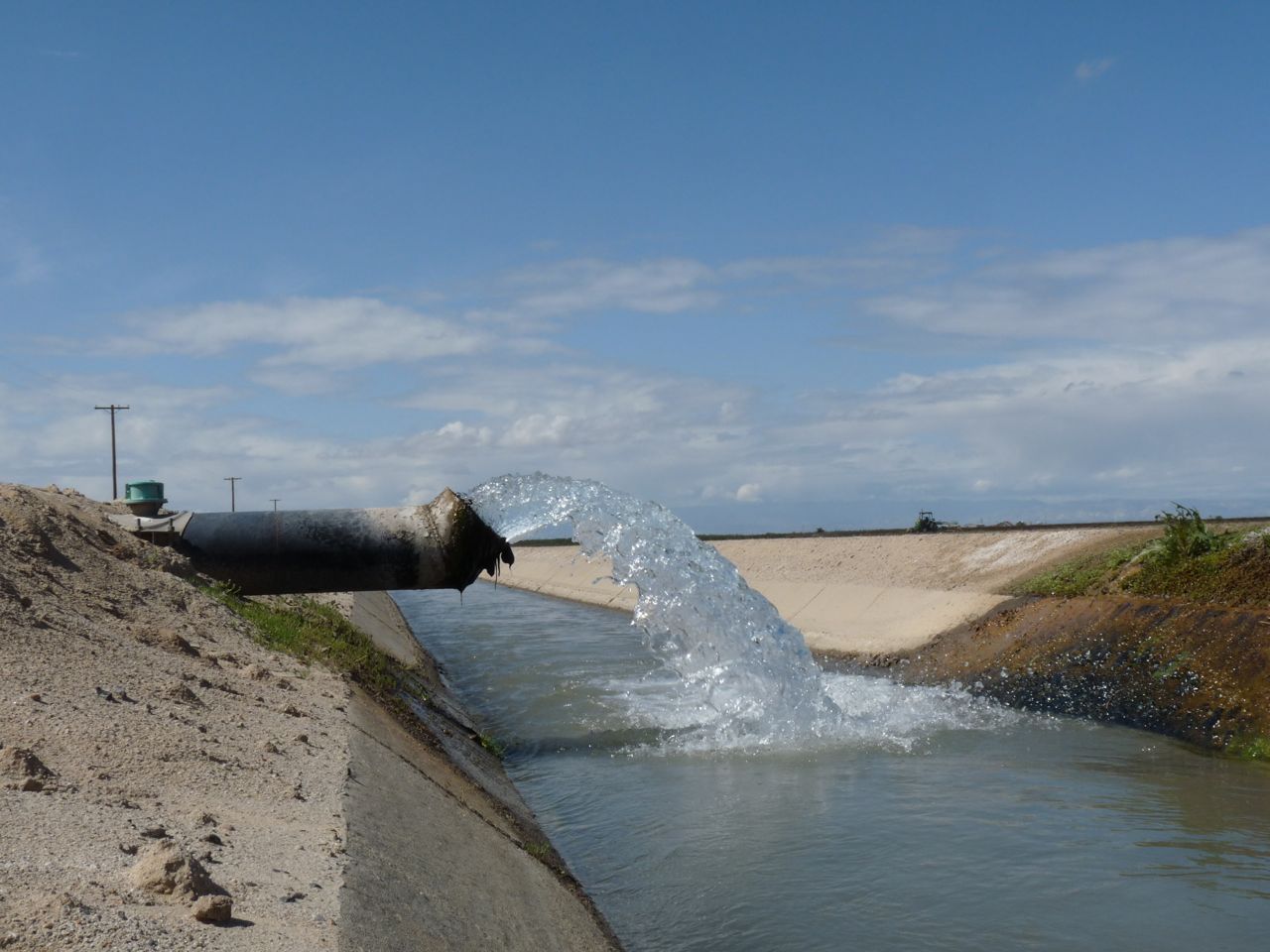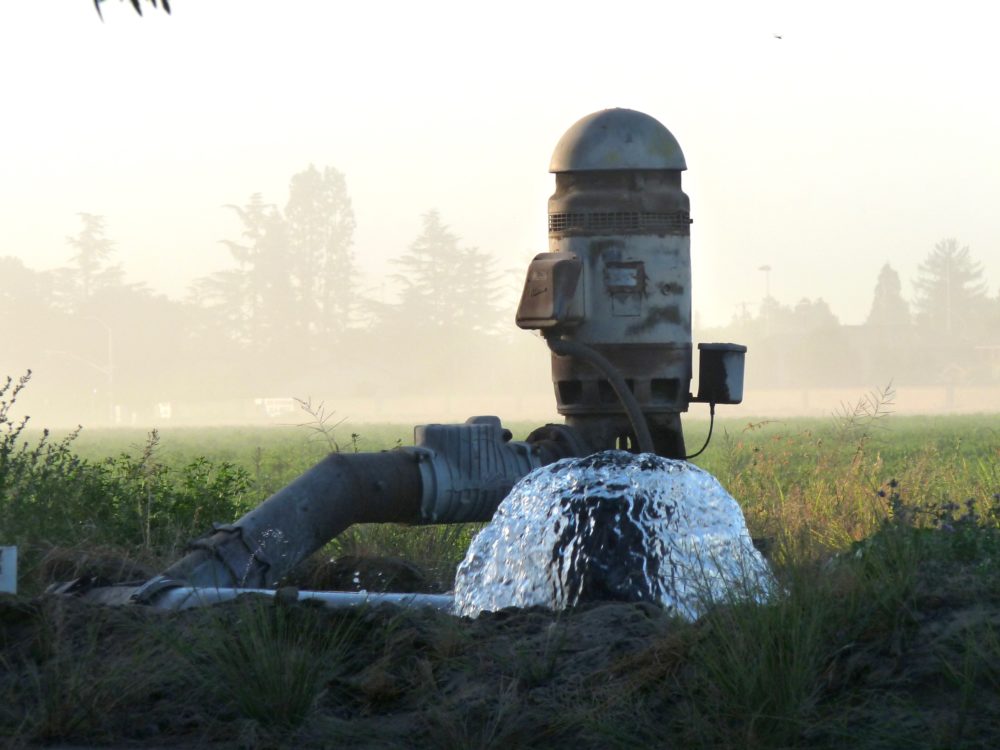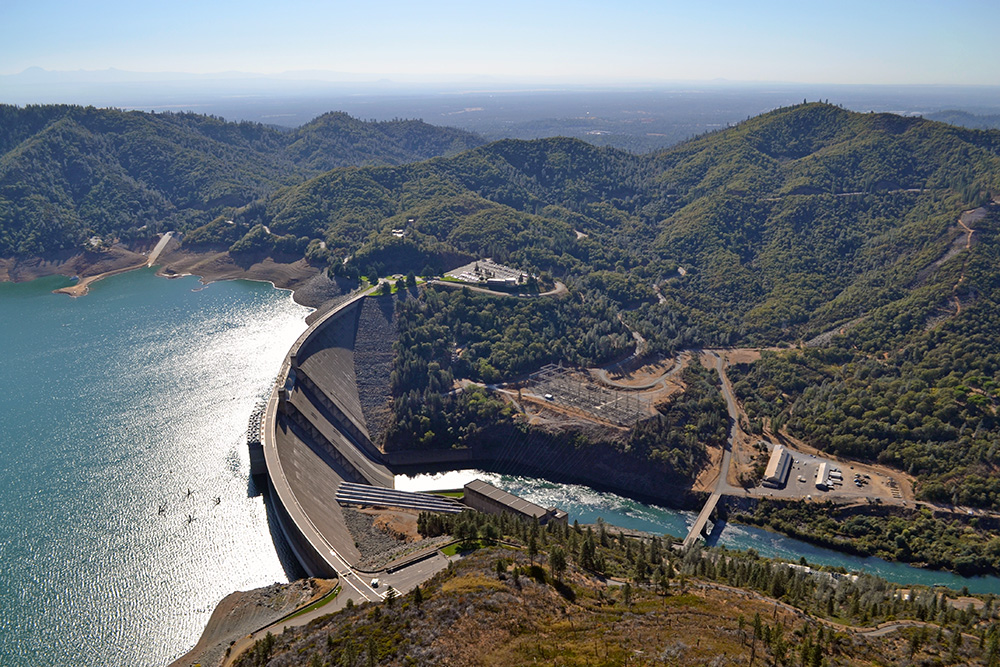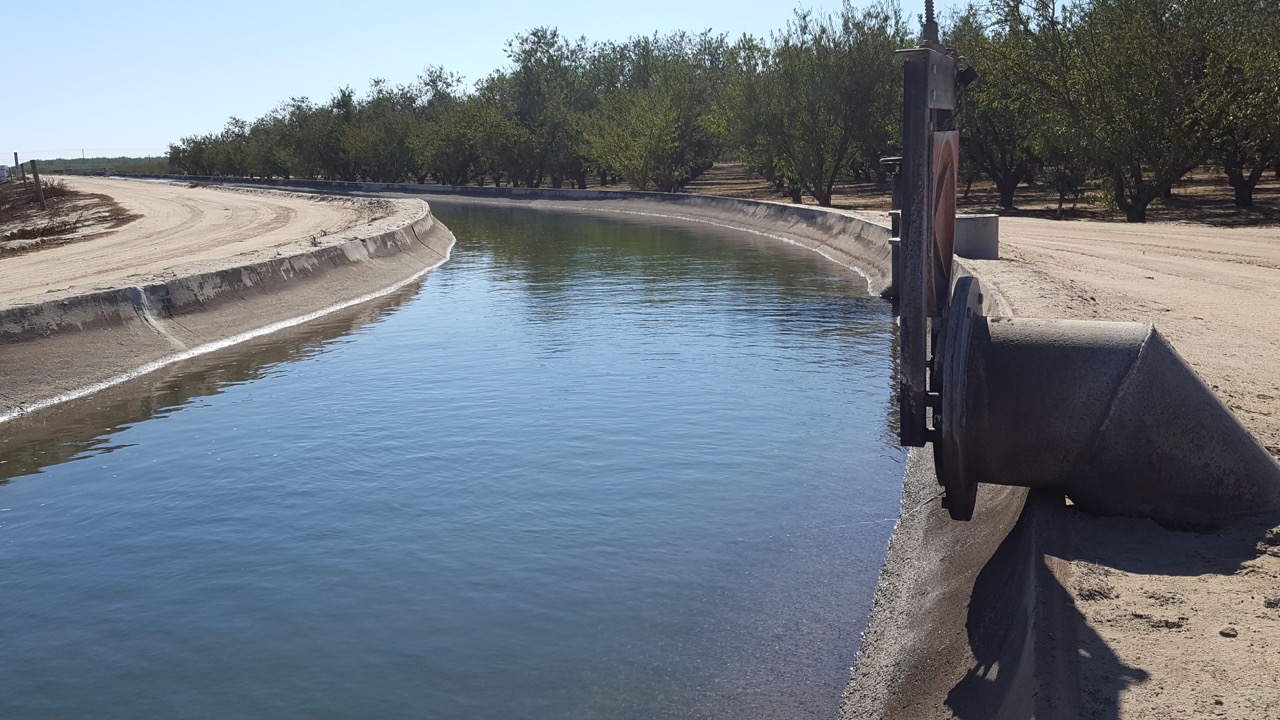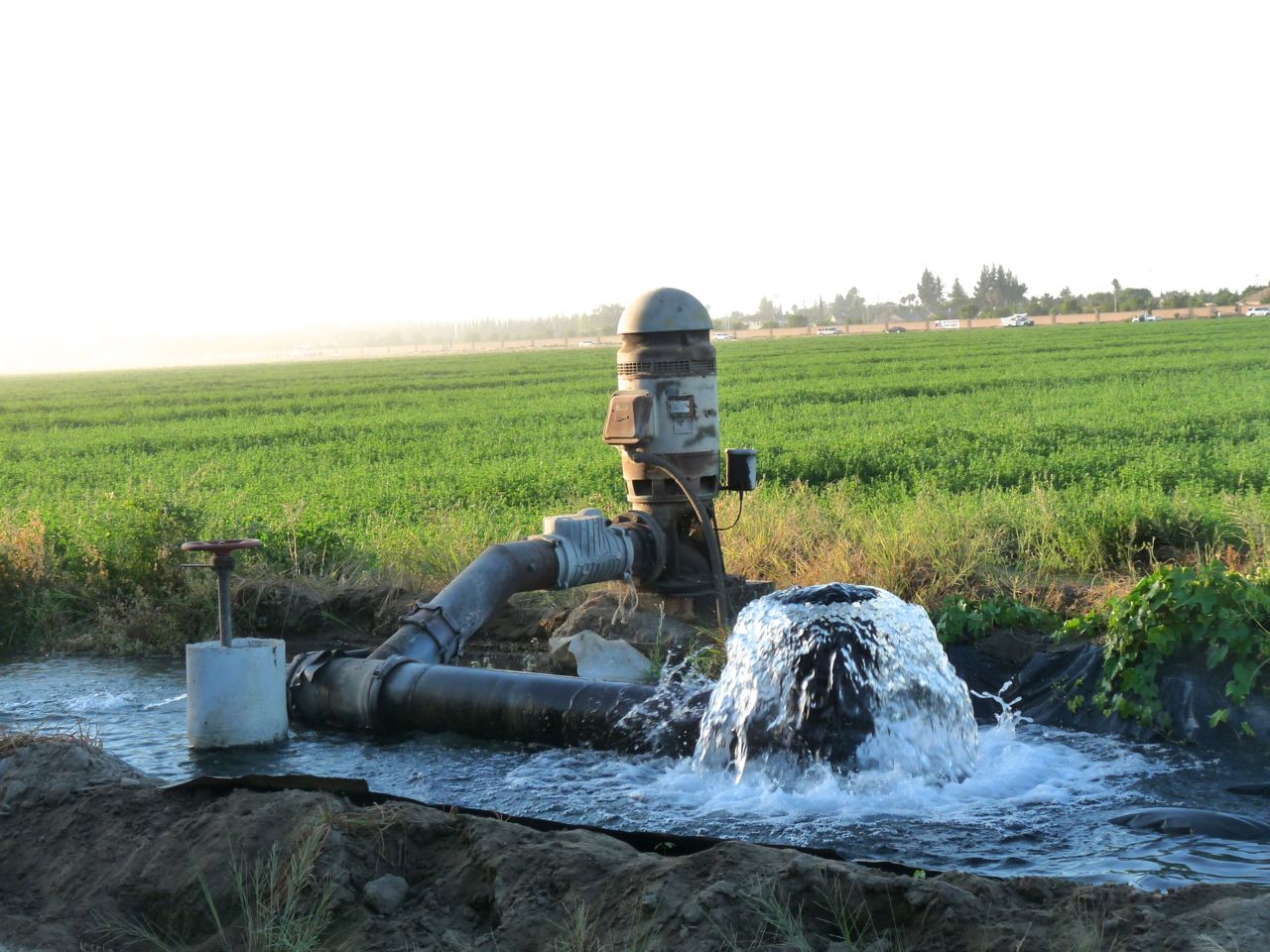Put Your Public Water Outreach Programs on Steroids
Water Storage Projects are Essential To Counter Inconsistent Wet Weather
By Stephen Baker, Operation Unite
How can the short memory of the public maintain the long-term commitments of water projects and conservation behaviors? On one hand, California’s recent extended drought demonstrated that the public water users could reduce their water use, but can it be maintained permanently?
And then there is water storage.
Water storage projects are essential to counter the inconsistent presence of natural yearly precipitation and sporadic wet winters, but is the public supporting projects that get the job done? Water shortage is imminent without an ability to treat, store and, ultimately, satisfy the demand of the 40 million Californians while, at the same time, maintaining a healthy environment. And without adequate water storage, we rely on groundwater aquifers. Unfortunately, this is also a bit of a sore spot. The public water users either feel that groundwater is theirs for the taking, or they consider groundwater as someone else’s problem. Either way, communities are fragmenting from misunderstanding, misconceptions and the politics of water.
Thanks to Climate change, these issues are each magnified. Climate change is now instigating our communities to adapt. Adaptation means that we have an infrastructure and public behavior that allow easy management when highly variable conditions occur. What we need is buy-in from the public that is unwavering throughout the life of the project. It’s just not happening fast enough. It’s time to put your public water outreach program on steroids!
I know you can relate to these conditions because water purveyors, County Board of Supervisors, cities, GSAs, and Flood Control Districts face this each day with every project. Ask yourself: Are you building permanent public buy-in, or is it a fragmented and fleeting commitment? Conventional outreach methods have their successes, but it is hard to effectively engage from across the room. We need to get more personal.
It’s about relationship, and relationship is a two-way street. It is one thing to respond to the squeaky wheel and very much another to manage the entire machine in a manner that the machine operates successfully. Having the right relationship leaves your public knowing that you care and confident that you are considering an alternative that generates confidence. It gets even better. When a good relationship is built, we work better together, even when there are disagreements. Working together means you listen to understand. This is a major contributing factor needed in today’s diverse world, where building and maintaining a healthier community is critical. It even leads us to many other benefits that have nothing to do with water (e.g. homeless problem, fire safety, community economics, crime). Building relationships does take time, but if approached innovatively, it can be accomplished effectively and within a shortened period of time.
You currently engage in many public meetings, forums, private meetings, social media, conferences, and workshops on water projects. Each of these gatherings is an opportunity to build a relationship with specific emphasis on the quality of interaction. When done effectively, you will recognize that your public and you are coming together. Enhancing everyone’s ability to hear and be heard each will contribute to building healthy relationships. The vehicle for this to happen can be provided by new relationship-building tools.
So, if the strategy is about building a relationship, how is it actually developed? It’s about communication.
Many times, an opinion on communication strategy success is measured based on the number and type of events that are scheduled. Although this effort may satisfy regulatory or legal requirements, it misses the mark because the numbers of events independent of one another usually stall out in effectiveness, and you miss the opportunity to completely succeed. Let’s not forget the content of the event itself. This is where the steroids come in. Supplementing your current water outreach programs with some enhancement tools will increase public interactions and decrease pushback. Why lollygag reaching your success? Let’s get the job done.
We need communication tools that ramp up positive outcomes of your current efforts. Tools involve a mix of strategy and conduits of communication. When addressing strategy, plan a dynamic set of actions that are pre-assessed with knowledge of your public. Frequently revisit the pulse of your public through a variety of personal encounters and modify the strategy as needed. As we said earlier, we need to get more personal. There are new tools that effectively provide a community level of personal connection with a water project, and this is where the steroids come into view.
Communication is where the magic takes effect. Simultaneously connecting at varying scaled levels brings both the emotions and analytical understanding into focus with the meaning of your water projects. Accomplished effectively, this strategy of communication under the influence of the proverbial steroids develops a public that pushes a water project forward. The public will understand the value of water and the project’s relevance to their lives. At the end of the day, you feel heard, everyone is on the same page, and the project is completed on time and on budget. You even have money left over for the next project. Life doesn’t get better than that!
Stephen J. Baker is a Hydrogeologist and Founder of Operation Unite, a group that has developed communication tools for building mutually beneficial, engaged, and collaborative relations with the public and water projects. He can be contacted at stevebaker@operationunite.co or +1530-263-1007.

